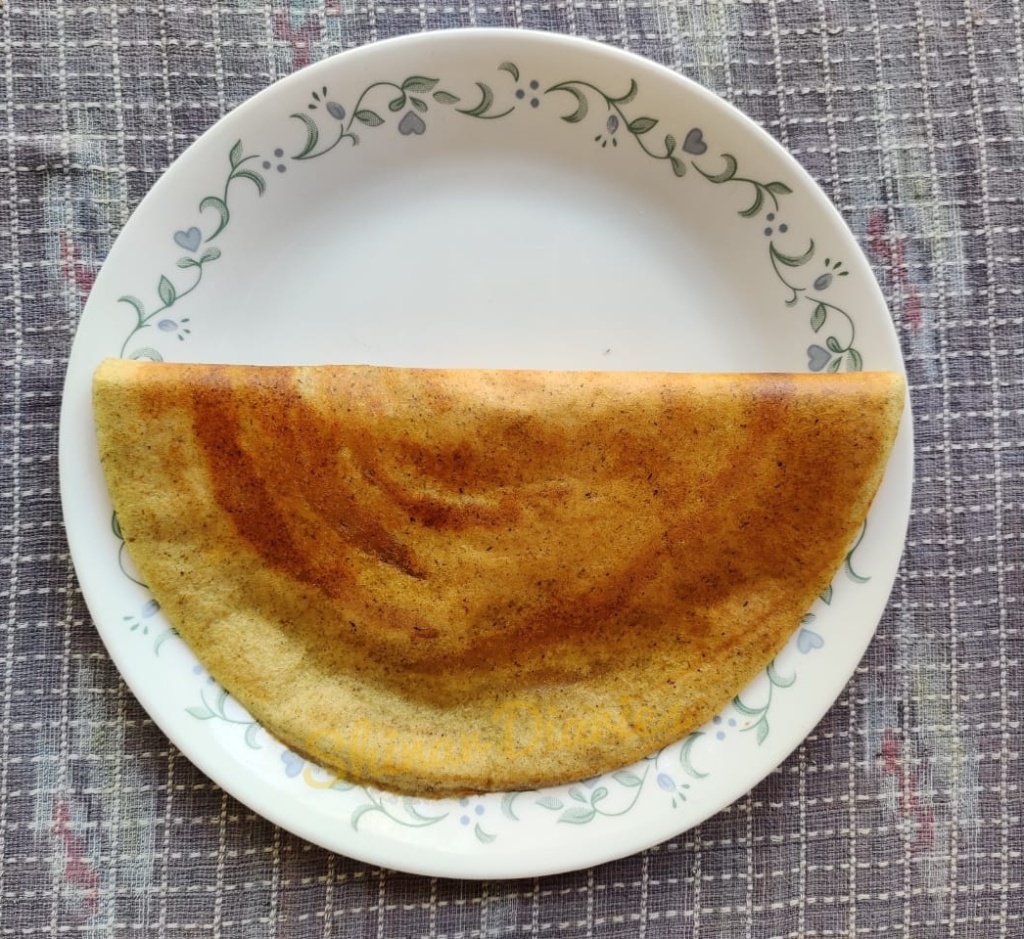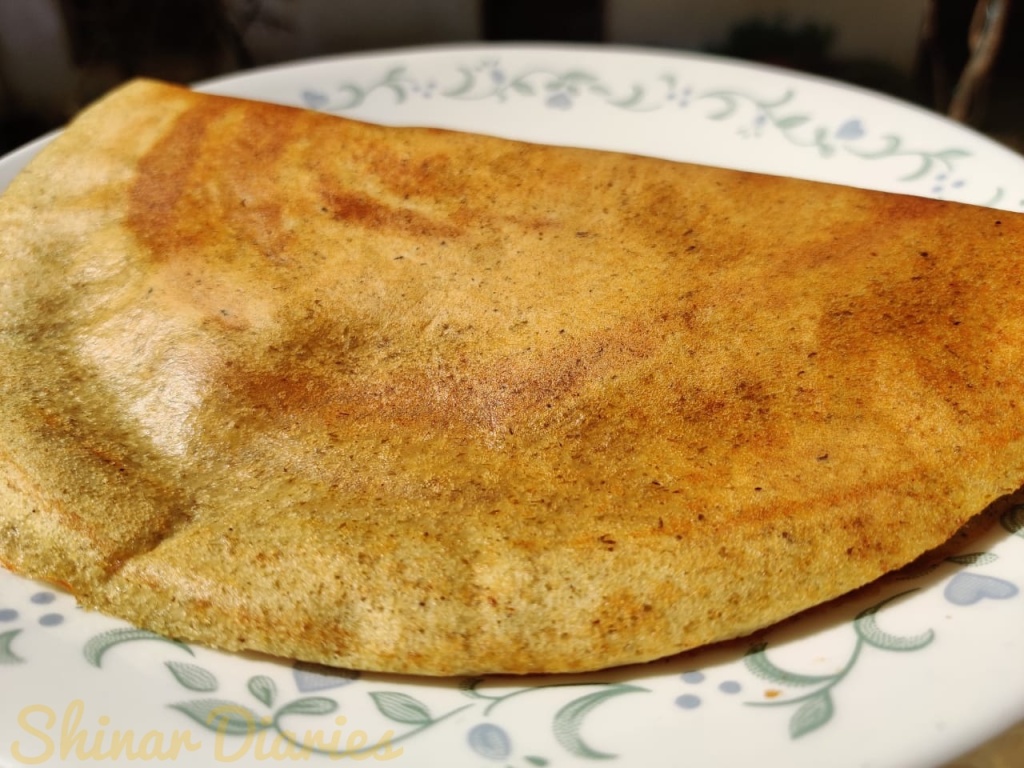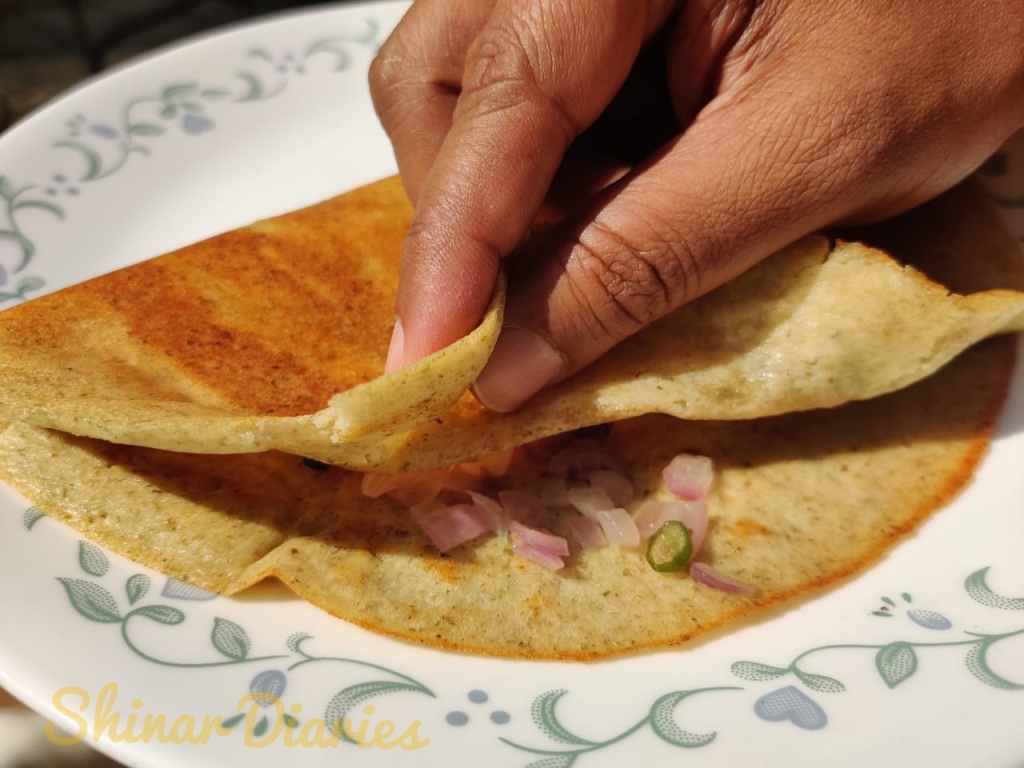This batter with moong dal, green moong and Urad dal can be used to makes dosas or idlis. Serve with chutney of choice (coconut/tomato/mango/ridge gourd) and/or milaga podi.


Ingredients
1 cup moong dal
1 cup green moong
1 cup urad dal
1/2 tsp fenugreek seeds
1/4 cup beaten rice (poha/avalakki/atukulu)
Salt, to taste
Below are optional ingredients
1 tsp cumin seeds
2 green chillies
1 inch ginger
Instructions
1. Rinse the dals and soak them along with the fenugreek seeds for 6-8 hours.
2. Soak the beaten rice for 15-20 minutes before grinding the dals.
3. Grind the dals and beaten rice to a smooth batter of thick pouring consistency. You can add the optional ingredients during this time along with salt.
Add water sparingly to ensure the batter does not get to thin/runny.
4. Let it ferment for 6-8 hours. The time for fermentation depends on the weather and sunshine. Hotter areas require less time for fermentation as compared to cooler climates. In Bangalore, I leave it to ferment overnight so it’s perfect for breakfast time.
Using the batter for idlis:
1. Grease the idli moulds with ghee. Add batter in each mould and steam for about 20 minutes.
Using the batter for dosas:
1. Grease the tawa if required; best way to do this is to rub half an onion dipped in oil acoss the tawa.
2. Pour a ladleful of batter in the middle, and use the back of the ladle to spread the batter in a circle. Pour a tsp of oil around the edges and in the center. Let it cook on low-medium flame. Flip when the under side starts to turn golden and cook the other side for a minute. Flip, fold and transfer to a serving plate.
You can also add lightly sauteed chopped onions and green chillies just before folding and serving. They can be added raw as well when the batter is spread on the tawa or directly added to the batter.


















